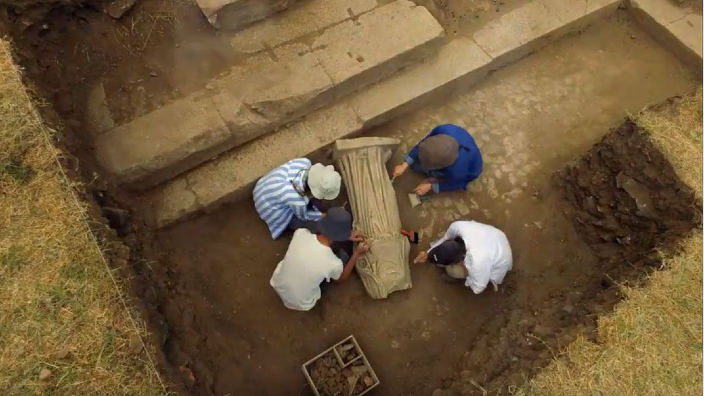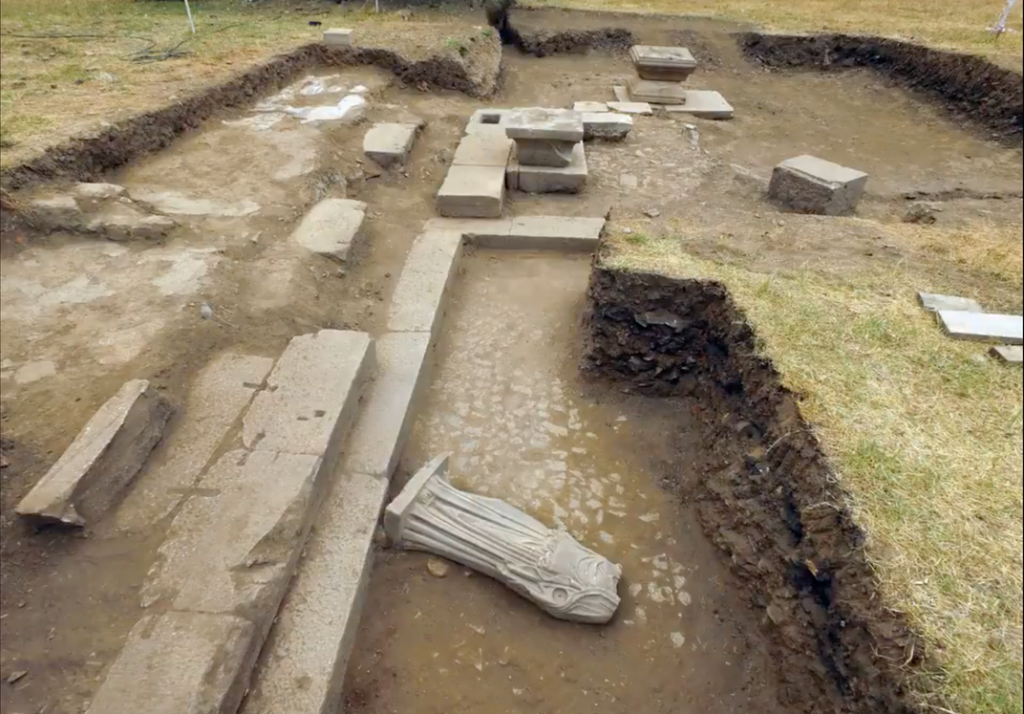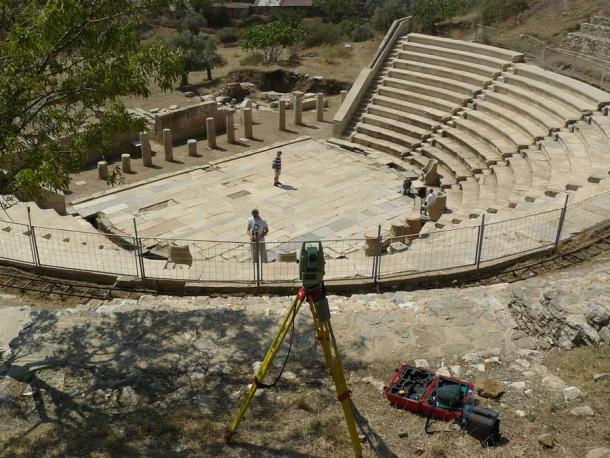1,800-year-old headless Greek statue found at Turkey’s Metropolis site
Archaeologists in western Turkey have unearthed a 1,800-year-old marble statue from the ancient ruins of Metropolis, known as ‘City of the Mother Goddess’ during the Roman period.
Earlier this month, the Turkish Culture and Tourism Ministry’s Department announced the discovery of the Roman-era statue, a robed female figure with her head and both arms missing.
The limbs were probably attached separately, according to Art News, though more work needs to be done to uncover the identity of the figure, researchers say.
The current excavation is a collaboration between the ministry and Celal Bayar University in Manisa, Turkey.
Metropolis (Greek for ‘mother state’) was a name bestowed on various cities, though this one is in Western Turkey’s Torbali municipality, about 25 miles from modern-day Izmir, the country’s third-largest city.

Humans have occupied the land for at least 8,000 years, since the Neolithic period.
Artefacts indicate it was inhabited by Hittites during the Bronze Age (when it was known as Puranda) and was also active during the Hellenistic, Roman, Byzantine and Ottoman periods.
It was founded as Metropolis by the Greeks in roughly 300 BC and, despite its matriarchal name, was home to one of only two known temples devoted to Ares, the Greek god of War.
The sculpture dates to Metropolis’ Roman era—when the empire controlled Anatolia, the portion of Turkey located on the Asian continent.
Roman scientist-philosopher Ptolemy described the town as an important trading post in Lydia, about halfway along the ancient trade routes between Smyrna and Ephesus.

Fieldwork began in the region in the 1970s, with excavations at Metropolis starting in the mid-1980s.
Since then, archaeologists have uncovered more than 11,000 artefacts, according to Art News, including coins, ceramics, glass, ivory and metal objects.
The city ‘has a deep-rooted history dating back to prehistoric times,’ Celal Bayar University archaeologist Serdar Aybek told the Turkish-language Demirören News Agency in January, according to an English-language report in Arkeonews.
‘It has the fertility brought by the Küçük Menderes River. It is a region that has always been settled.’
Notable finds include a Hellenistic marble seat of honour uncovered in the outdoor theatre, elaborate Roman baths featuring sculptures of Zeus and Thyke, goddess of good fortune, as well as other Roman-era buildings including a sports complex, government building, various shops, galleries and public toilets.
More recently, four massive interlocking cisterns big enough to hold 600 tons of water were uncovered in the city’s acropolis last year. It’s believed they were used during the Late Roman period and may have been helpful when the city was under siege by invaders.

In the 12th and 13th centuries, when the cisterns were no longer used to provide water, they became a garbage dump, with animal bones, broken ceramics and other detritus of daily life found on the site, according to the Daily Sabah.
The Turkish government opened the ‘City of the Mother Goddess’ to tourists in 2014.





